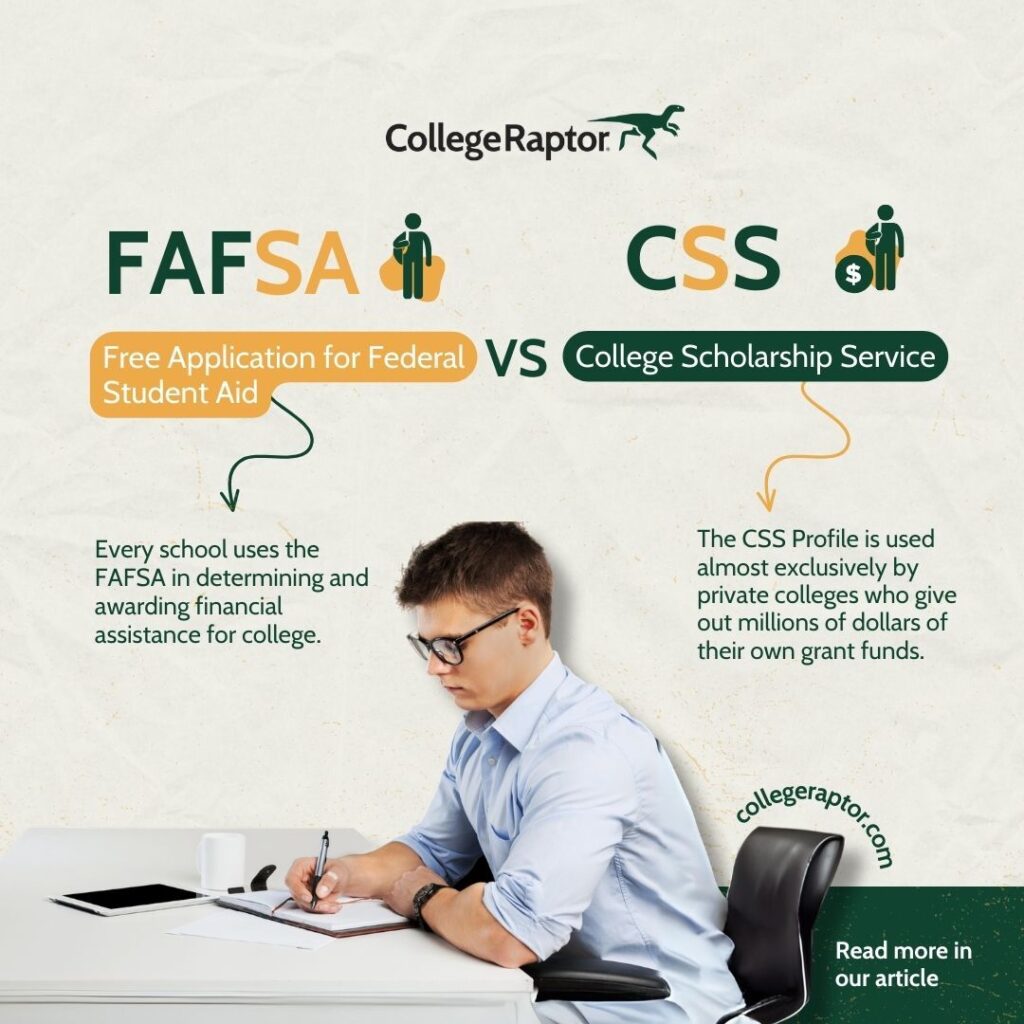Student loan debt is a common, and complicated, conversation topic in America nowadays. It’s a constant headliner in the news, too. So with so much spotlight, why is debt growing higher and higher? Why aren’t students applying for financial aid to help cover the costs and lower their potential for debt?
Let’s take a look at some numbers.

Student Loan Debt And Financial Aid Statistics
A recent report by JPMorgan Chase highlighted some disturbing statistics. According to the report, the outstanding student loan debt is over $1.5 trillion. Another report by ACT showed that the average borrower has almost $40,000 in student loan debt. Those are shockingly high numbers by all accounts. Student loan debt is now second only to mortgage debt. There’s no doubt that the student loan debt crisis has spiraled out of control.
With debt so high, you’d think ALL students applying to college would apply to all financial aid opportunities. However, that ACT study showed quite the contrary. Of the 1,200 students surveyed, the study found that many students did not even apply for the financial aid available to them. Different students had different reasons as to why they didn’t apply for financial aid.
Reasons Students Aren’t Applying for Aid
For most students, it was because of a lack of awareness of their financial aid options and/or the financial aid process.
Even among the students who knew about the FAFSA, many did not submit their application. The reasons for this varied. Some did not apply because they assumed they would not qualify for aid, so why bother? Others started the process but gave up because they found it too difficult to fill out the form.
Several other students didn’t know about income-based loan repayment options that allowed them to set their payments according to their income. Many didn’t even know about the many benefits and subsidies the US government offers students who took federal student loans.
Have you taken the time to learn about the financial aid available to you as a college student? Understanding your options is the only way to safeguard yourself from overwhelming student loan debt.
What Kind of Financial Aid Can You Apply For?
Before you even consider taking loans, your first step should be filing the FAFSA, or Free Application for Federal Student Aid. The FAFSA opens the door to several types of low-cost financial aid options, including low-interest student loans and work-study options. In addition to a low-interest rate, federal student loans also offer a lot of flexibility in terms of paying the money back. If you meet certain criteria, you may also qualify for loan forgiveness.
Filling the FAFSA for the first time may be a bit time-consuming and frustrating, but it’s a far better option than skipping straight to costly private loans. Need help? We’ve got a question-by-question guide that can help clarify any confusion.
Of course, one of the most well-known forms of aid is scholarships. Check out as many scholarship opportunities as you can. There are thousands of awards offered every year by various organizations. It’s worth spending some time looking for and applying to scholarships that you’re eligible for.
Private loans are always the very last resort to paying for college. Be sure to exhaust every other option first, before even considering a private loan.
Use College Raptor to discover personalized college matches, cost estimates, acceptance odds, and potential financial aid for schools around the US—for FREE!





